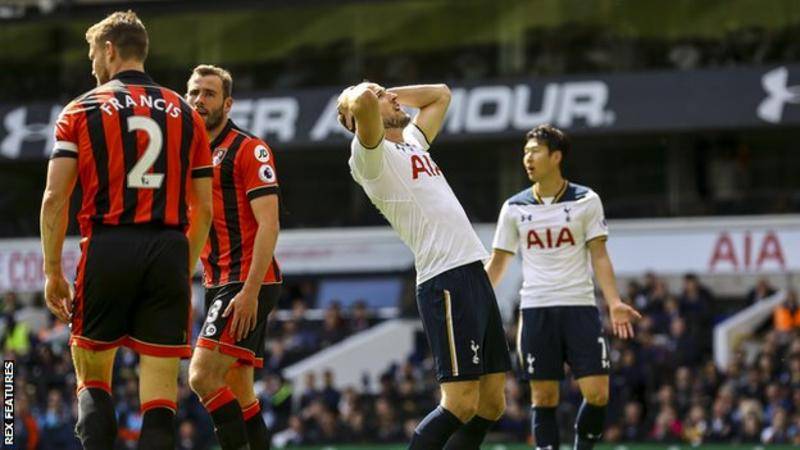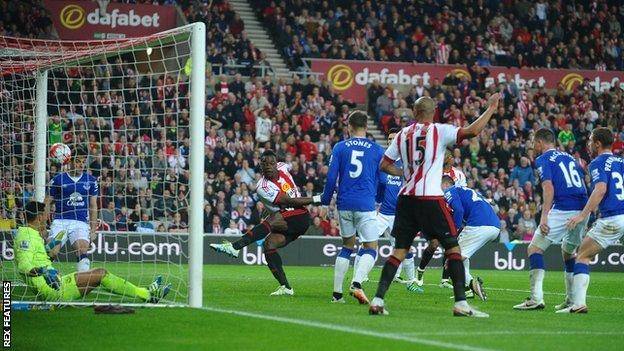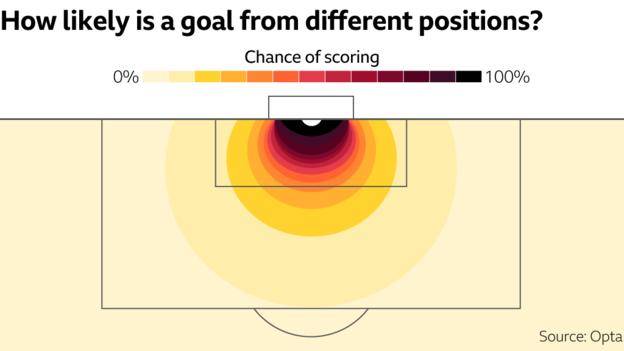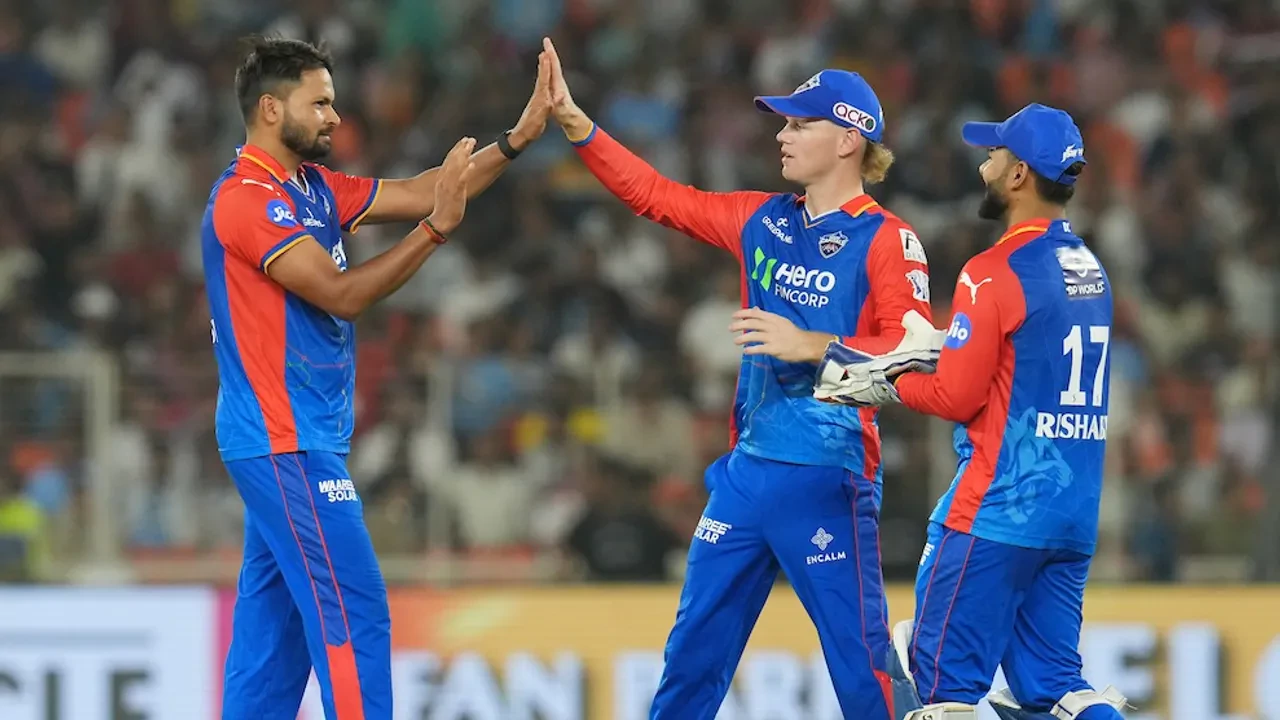Premier League: 'Expected goals' tells us whether a player really should have scored

-BBC Sport
"He's got to score from there!" "He should have had a hat-trick!" "He couldn't miss that!"
We've all said or heard these things while watching games, but is our frustration at missed opportunities justified?
Quite possibly not, according to a new method for analysing chances - "expected goals" - which is being used more and more by Premier League clubs.
Expected goals - what is it?
Did you know, only about one in every nine shots in the Premier League ends up as a goal?
And even relatively clear-cut chances are not scored as regularly as you might think.
"Expected goals" is a metric which assesses every chance, essentially answering the question of whether a player should have scored from a certain opportunity.
Put simply, it is a way of assigning a "quality" value (xG) to every attempt based on what we know about it. The higher the xG - with 1 being the maximum - the more likelihood of the opportunity being taken.
So if a chance is 0.5xG, it should be scored 50% of the time.
In the image below, Lamine Kone's effort from less than six yards out for Sunderland against Everton was 0.91xG. It was such a good chance it should be scored 91% of the time.
Even Sunderland couldn't miss a chance as good as this one
How is it worked out?
Football data experts Opta have analysed over 300,000 shots to calculate the likelihood of an attempt being scored from a specific position on the pitch during a particular phase of play.
The factors taken into account when assessing the quality of a chance include:
- Distance from goal
- Angle of the shot
- Did the chance fall at the player's feet or was it a header?
- Was it a one on one?
- What was the assist like? (eg long ball, cross, through ball, pull-back)
- In what passage of play did it happen? (eg open play, direct free-kick, corner kick)
- Has the player just beaten an opponent?
- Is it a rebound?










Leave Comment